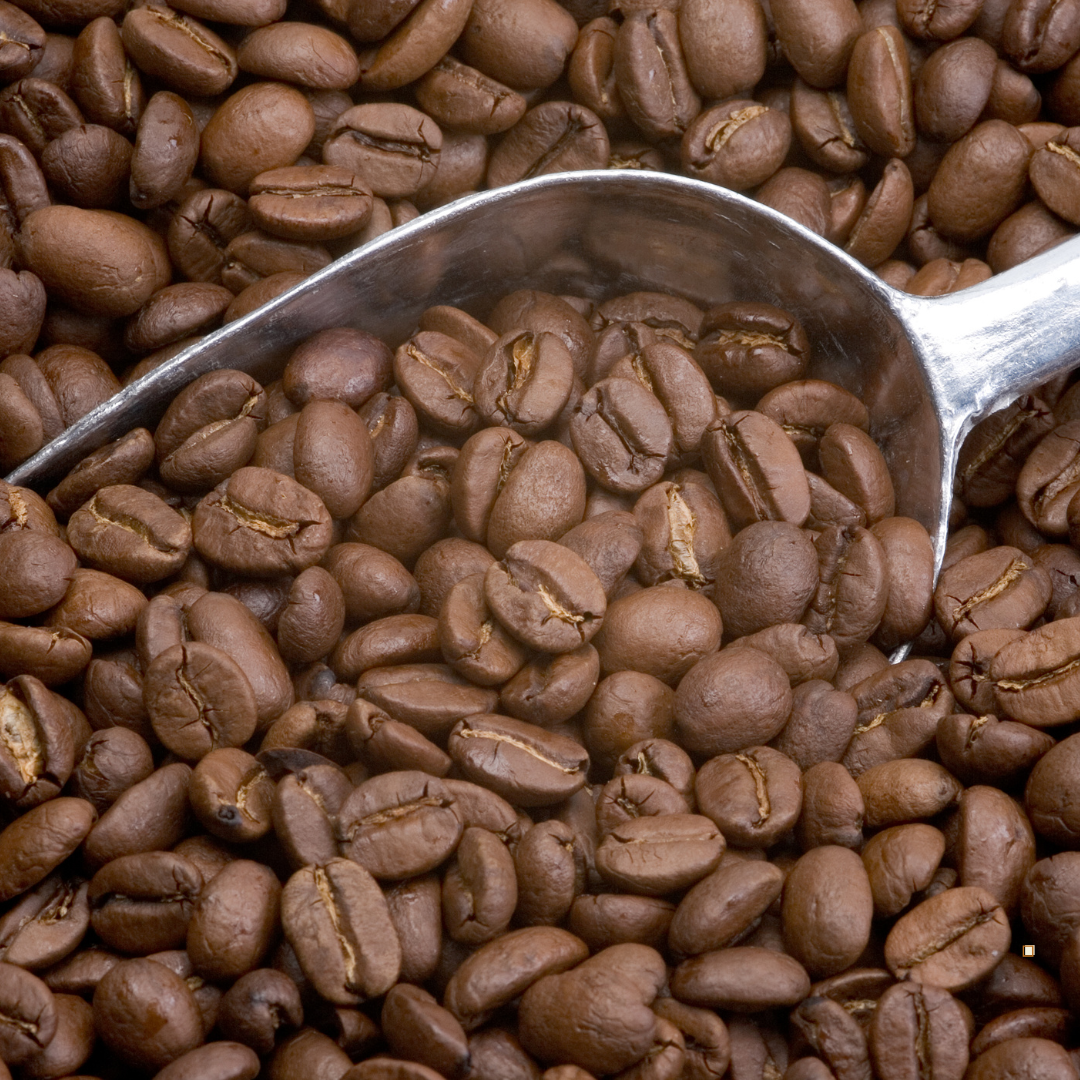
How to Make Espresso with Light Roast Coffee
For many home coffee brewers who prefer light roast coffee, the idea of pulling a successful espresso shot might seem both exciting and daunting. After all, these lighter beans carry delicate floral, fruity, and tea-like notes that can easily be overshadowed if extraction variables aren’t handled with care. But with the right equipment, technique, and a bit of experimentation, you’ll discover that a well-made espresso using a gentle roast profile can offer a wonderfully bright, nuanced flavor experience unlike any other.
Understanding Espresso Essentials
When brewing light roast coffee, it’s essential to understand the fundamentals of a balanced espresso shot. Traditional espresso culture often focuses on darker roasts, which quickly develop chocolaty, caramelized flavors to complement the creamy extraction process. By contrast, milder roasts depend on preserving subtle aromatics and crisp acidity. This means paying special attention to your espresso parameters—grind size, dose, water temperature, and pressure—so those delicate characteristics can shine through the final cup rather than getting lost in over-extraction or harsh bitterness.
Mastering the Grind and Dose
Crafting espresso with light roast coffee demands close attention to your grind consistency. Lighter beans tend to be denser than darker roasts, so you may need a finer grind to extract the fullest array of flavors. If your shot gushes out too quickly or tastes sour, try tightening the grind to slow extraction; on the other hand, if it dribbles slowly and tastes bitter, coarsen the grind a notch. It’s also wise to measure your coffee by weight rather than scoops, aiming for a dose that suits your machine’s basket size and your personal taste preferences. Once you find a suitable balance, you’ll notice how even slight changes to the grind can bring out new layers in the cup—whether that’s a hint of citrus, a whisper of jasmine, or a bright, apple-like acidity.
Perfecting Your Espresso Technique
Espresso is a game of precision, and with a mild roast coffee, every small detail counts. Once your beans are ground to the right consistency, distribute them evenly in the portafilter before tamping. Ensure the tamp is level and firm—but not so forceful that water struggles to pass through. Aim for an extraction time around 25 to 30 seconds, though this is just a starting point. Watch the color of the crema as it flows: too pale and watery suggests under-extraction, while a deep brown trickle that stalls might be over-extracted. Balance is key, and with a bit of trial and error, you’ll discover how to coax sweet, vibrant flavors from these beans.
Managing Temperature and Pressure
Temperature stability is crucial when pulling a shot with a bright roast. Lighter beans can benefit from slightly higher brew temperatures—perhaps in the 200–205°F range—though the sweet spot may differ from one coffee to another. If your machine allows temperature control, experiment in small increments. Pressure also comes into play; standard espresso machines operate around nine bars, but certain models let you tweak it. Lighter roasts can sometimes benefit from a gentle pre-infusion phase, which helps saturate the grounds evenly before the full pressure kicks in. This method can unlock more nuanced flavors and reduce harshness. The goal is consistency: keep track of your machine’s settings so you can repeat successful shots and adjust if your results start veering off-course.
Embracing Dairy and Alternatives
While many enjoy these brighter beans as a standalone espresso, you can also pair them with milk if you prefer a smoother texture. The trick is to keep the milk from overshadowing the subtle fruit and floral notes. Steaming milk to a slightly cooler temperature (around 140–150°F) preserves its natural sweetness, blending harmoniously with the bean’s gentle flavors. If you enjoy non-dairy options like oat, almond, or soy, look for barista-friendly versions that steam well without introducing an overpowering aftertaste. A skillfully crafted latte or cappuccino can highlight the bright nuances you love, all while adding a satisfying creamy finish.
Troubleshooting Common Pitfalls
If your espresso tastes sour or “green,” it might mean your grind is too coarse or your water temperature is too low. Conversely, if it tastes bitter or ashy, consider lowering the temperature or coarsening the grind. It also helps to keep your equipment clean: stale coffee oils in your portafilter or group head can negatively impact flavor. And don’t forget about timing: if the shot runs under 20 seconds, you’ll likely miss out on the bean’s sweet spot, while pushing past 35 seconds can lead to a murky, overly intense extraction. By systematically adjusting one variable at a time, you’ll steadily dial in your shot until you strike that perfect harmony of brightness and sweetness.
Celebrating the Unique Profile
One of the most delightful aspects of brewing espresso with a blonde roast coffee is how it encourages you to explore your palate. The flavors may be lighter, but they can be layered and intricate, revealing themselves sip by sip. You might find the first impression fruity, followed by a gentle floral aroma, then a clean, tea-like finish. Over time, you’ll develop an intuition for picking out these subtleties, making each espresso session feel like a small adventure in flavor discovery.
Balancing Consistency and Curiosity
While consistency is essential for replicating your favorite shot, a sense of curiosity will keep your espresso-making journey exciting. Don’t hesitate to try beans from different origins or to switch up your brew ratio. Logging your results in a notebook or app can help you connect the dots between minor adjustments and the final taste. This approach transforms the espresso-making process into an ongoing dialogue between you and the coffee—one that ultimately leads to a more profound appreciation for the craft.
Creating Espresso Magic with Light Roast Coffee
By applying careful grind adjustments, stable temperature control, and methodical experimentation, you’ll discover a captivating dimension of espresso. By combining these considerations with the inherent delicacy of light roast coffee, you’ll find an espresso that truly shines—light, complex, and brimming with character. Here at Frontier Coffee Roasters, we’re dedicated to helping you achieve these results at home. Through our coffee variety selection, small batch roasted beans that arrive fresh and aromatic, premium coffee beans sourced via our trusted importer, and fast delivery that preserves every nuance, we support your quest to pull the perfect shot. Embrace the bright spark of a gentle roast in your espresso routine, and you’ll be rewarded with a cup that celebrates the pure essence of coffee.

